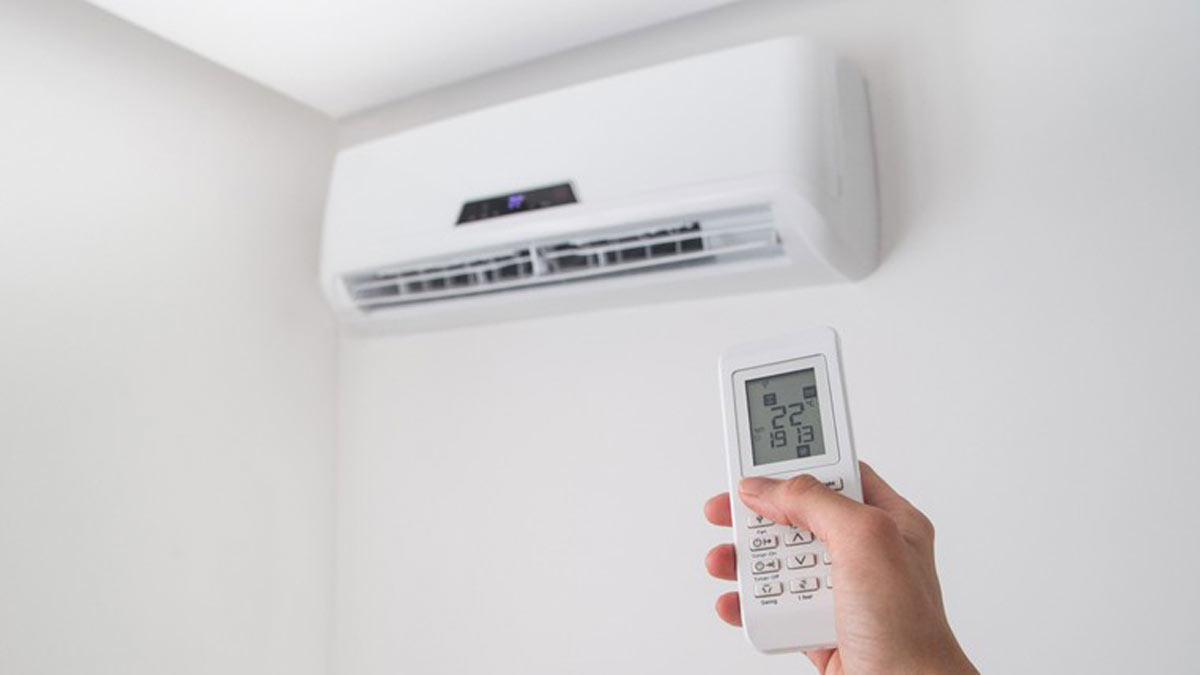Energy experts call for unified energy interface, grid-level reforms in India’s power sector

An energy roundtable with experts on June 18 highlighted the critical priorities for India’s power sector transformation. This included the establishment of a National Energy Efficiency Mission to achieve India’s 2030 target of doubling efficiency and the implementation of a Unified Energy Interface (UEI) to enable grid-level reforms.
The roundtable at the International Centre in New Delhi was organised by Climate Trends. Titled ‘Energy Security Goals for a Viksit Bharat’, the gathering also addressed the stark reality that India’s 5-star air conditioner rating is equivalent to China’s 1-star rating. It recognised that domestic manufacturing is key to scaling up battery storage.
Other important highlights were the development of standardisation and testing protocols for battery storage technology, which currently don’t exist, and acknowledging that without financially strengthening DISCOMs, power system modernisation remains difficult to achieve.
Nikit Abhyankar from UC Berkeley’s India Energy and Climate Centre noted that energy demand was doubling every decade.
As the nation builds infrastructure toward its 2047 vision, renewable energy and storage solutions offer the most cost-effective path forward, making new thermal investments increasingly suboptimal.
The urgency is particularly acute given India’s looming power crisis. Amol Phadke, Faculty Director at the India Energy and Climate Centre, warned that with conventional coal plants taking 5-10 years to build and demand surging, the country faces a significant risk of power shortages by 2027-28. His analysis revealed that India needs approximately 250 gigawatt-hours of storage annually until 2030, which translates to just 50 gigawatt-hours yearly to address major energy security concerns. This is a mere 0.01 per cent of global supply chain capacity.
The cooling sector presents both challenges and opportunities, said Saurabh Kumar from GEAPP. With 30 per cent of Indians expected to own air conditioners by 2030, requiring 150 GW of incremental capacity, deploying super-efficient units could reduce this demand by 60GW.
Currently, 3-star ACs account for 80 per cent of sales rather than more efficient 5-star models. A national energy efficiency mission should address this untapped potential.
Former NTPC Green Energy CEO Mohit Bhargava stressed that storage deployment must be aggressive and comprehensive, exploring beyond just lithium-based solutions to ensure 24/7 power availability.
All experts converged on the critical need for grid digitisation. Experts were also of the view that without a financial turnaround of distribution companies (DISCOMs), the energy transition cannot proceed as desired.
Business